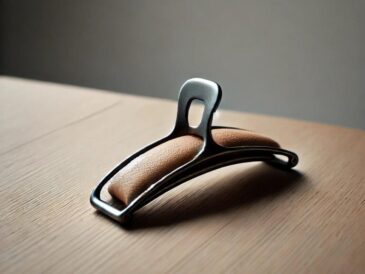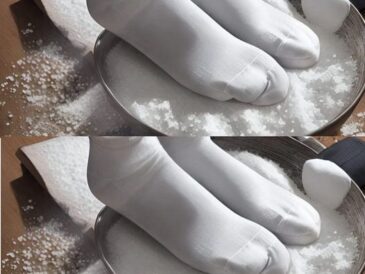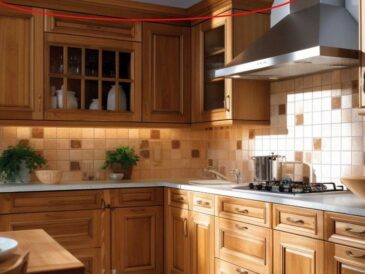Pond plants
Building a pond in your backyard isn’t a bad idea after all. Dragonflies spend at least two months underwater, and return to waters over and over again. Ponds help dragonflies hunt, reproduce, perch and play.
You will also have to get some rocks and place them around the pond. Dragonfly larvae need rocks to hide and grow underwater. Place sticks around the pond to give dragonflies a place to land on.
6. Arrowhead (Sagittaria latifolia)
Arrowhead, also known as duck-potato, is an aquatic perennial that grows above water level. Adult dragonflies land on the plant or lay eggs. Use the tuber of the plant and push it into the underwater soil in spring. Weigh it down, and don’t worry about any submerged leaves. They will grow really fast.
7. Wild celery (Vallisneria americana)
It provides an excellent aquatic habitat for dragonflies. Wild celery grows to the water surface, and adult dragonflies deposit eggs on it. consider planting it in spots that get at least 18 inches of water all the time.
Put wild celery tubes in a cheesecloth filled with mud or stones, and put them at the base of your pond. Keep in mind that if you break the sprouts, the tubes won’t re-grow new ones.
8. Water horsetail (Equisetum fluviatile)
It has a submerged and floating part. Grow it from nursery plants and not seeds. Plant the rhizomes two inches below the soil at the edge of your pond. Once established, the plant can survive short period of dry weather. Water horsetail thrives in part shade or full sun.
9. Cattail (Typha latifolia)
Cattail is also known as bull rushes. It grows in moist soil in swampy areas. Avoid planting cattails in shady spots, and grow them from rhizomes. You can easily translocate the plant.
10. Water lily
Water lilies are the perfect spot for laying eggs. Grow them from tubers planted in pots right under the water’s surface. Add rocks to keep your water lilies submerged. The leaves and blossoms float on the surface of your pond.





